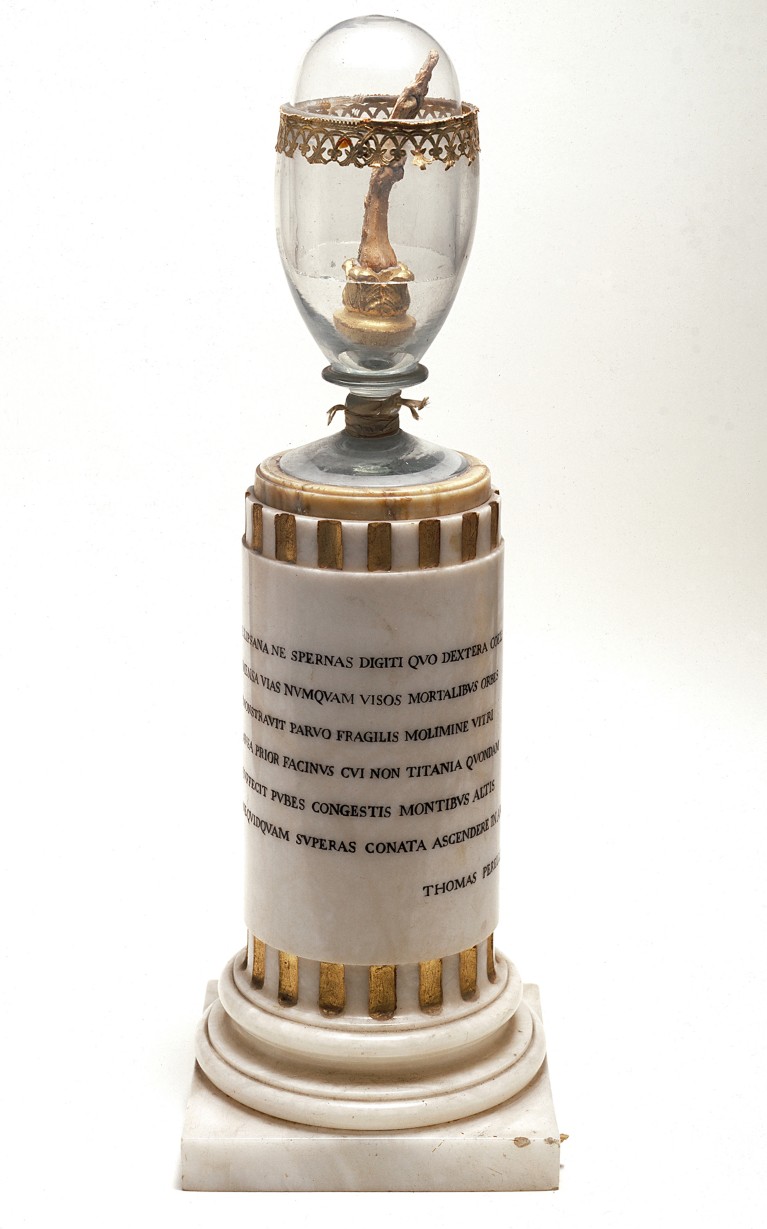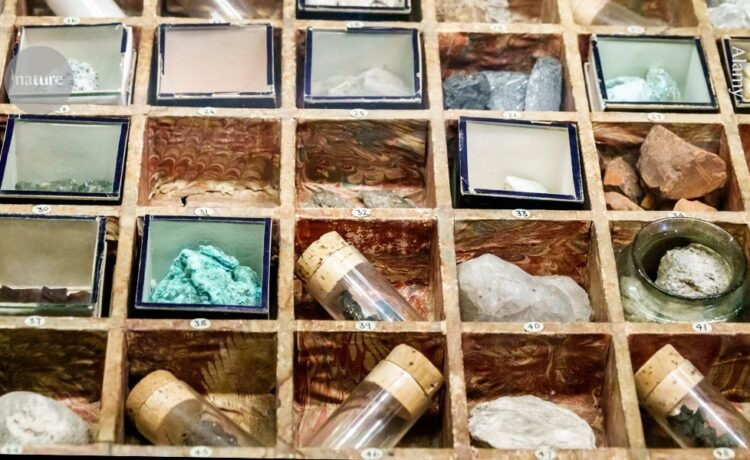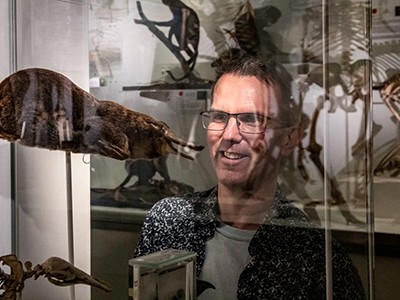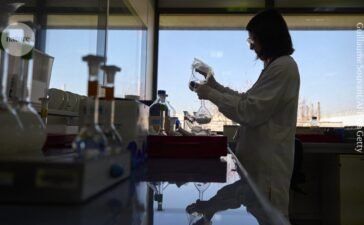A Noble Madness: The Dark Side of Collecting from Antiquity to Now James Delbourgo Riverrun (2025)
The Galileo Museum, a science museum in Florence, Italy, has astronomer Galileo Galilei’s preserved middle finger on display. Encased in a gilded glass egg, the digit is exhibited “as if it were the relic of a Christian saint”, remarks historian of science James Delbourgo in his illuminating and entertaining history of the ‘dark side’ of humanity’s obsession with collecting things. The finger was severed from Galileo’s corpse in 1737 — long after his death in 1642 — along with an index finger also displayed at the museum and a vertebra held at the University of Padua, Italy. According to a witness to the dismemberment, the Italian nobleman who took the fingers desired them “because Galileo wrote so many beautiful things with them”.
How a self-taught biologist transformed nature writing — and inspired Darwin
It is an unusual story, but perhaps not entirely atypical. As Delbourgo shows in A Noble Madness, a large driver of the desire to collect artefacts is curiosity — whether scientific, historical, religious or otherwise. But perhaps even more often, it is obsession. Delbourgo focuses on this compulsive aspect, and the varying ways in which society has regarded people who are driven to amass stuff. He offers “a grand portrait gallery that charts the changing image of the collector from the ancient looter and medieval idolater to the decadent of the fin de siècle and the modern-day hoarder”.
Dark desires
A compelling example of such obsession is Henry Wellcome. He is known today through the biomedical research-funding organization Wellcome, and the Wellcome Collection museum and library in London. Born in 1853 to an itinerant missionary father in a log cabin in Wisconsin, by his death in 1936, Wellcome had become a highly successful pharmaceutical entrepreneur in the United Kingdom. He also owned a grotesquely overwhelming collection of objects, the variety and sheer number of which the world had never seen — mainly because few were on display.
‘Natural history museums can save the world’: anti-colonialism, conservation and climate change
Wellcome obtained many of these objects through highly dubious means, notes Frances Larson in her disturbing 2009 history of his collection, An Infinity of Things. In 1912, for example, Wellcome’s right-hand man wrote to an agent in India, a doctor, that the country must be “completely ransacked as far as we possibly can for literature and other objects of interest connected with ancient medicine”. The agent duly did his best — but there is little evidence that Wellcome ever studied or ‘enjoyed’ what had been collected. He was always too busy acquiring new things, right up to his death. His obsession was rooted in possession.
The Wellcome Museum deliberately avoids displaying information about its founder, notes Delbourgo. He regards this stance as “myopic: the Wellcome’s abdication of its duty to educate visitors about its origins denies the public the chance to make up its own mind about its past”.
The British Museum, just down the road in London, is less coy about the man who provided its founding collection in 1753. Physician and naturalist Hans Sloane — the subject of Delbourgo’s 2017 book Collecting the World — was an avid collector of curiosities and animal and plant specimens. His motivations were multifarious. He collected manuscripts from astrologers and alchemists to document their ascientific convictions as “disorders of the mind”, delusions that he felt might be cured by bloodletting, his specialism. But when it came to collecting from the natural world, he was explicit about a financial incentive: to “figure out what species were good for, what they cost, and how to make money off them”, in Delbourgo’s words. To his critics, Sloane was an “ignorant arriviste”. Today, his financial links to the slave plantations in Jamaica that part-funded his collecting are openly acknowledged in an exhibit showing a bust of Sloane.

Galileo’s elegantly preserved middle finger.Credit: Eric Vandeville/Gamma-Rapho/Getty








